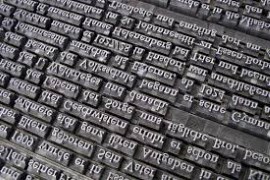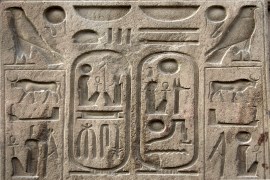Livre | Chapitre
Development poetics
a tinai aesthetic view
pp. 231-252
Résumé
Development consists in making the latent potential manifest itself. In the case of social development, it consists in letting the latent primalness of a society manifest as much as possible. Primalness, a kind of basic social eco-moral vision, is nothing but the primordial relation among the members of the society. Such a relation is also known as "tiNai". tiNai could also be understood as differentiated ontic continuity among the human and non-human members of the society. Aesthetically, such differentiated ontic continuity could be seen as symmetrization. Achieving optimal ontic continuity (symmetrization) is a kind of "poiesis". The present essay demonstrates how poetry develops by unfolding its sound-sense body, which manifests varying degrees of ontic continuity in different types of society—primal, state, industrial and information. Close analysis of poetic texts shows that there is maximal ontic continuity only in the texts of primal society. Increasing ontic discontinuity is only an indicator of progressive estrangement from the ultimate eco-moral vision of the society. In other words, lack of true development in/of non-primal societies is only affirmed by the increasing degree of asymmetrization in their poetic texts.
Détails de la publication
Publié dans:
Clammer John, Giri Ananta Kumar (2017) The aesthetics of development: art, culture and social transformation. Basingstoke, Palgrave Macmillan.
Pages: 231-252
DOI: 10.1057/978-1-349-95248-9_11
Citation complète:
Selvamony Nirmal, 2017, Development poetics: a tinai aesthetic view. In J. Clammer & A. Giri (eds.) The aesthetics of development (231-252). Basingstoke, Palgrave Macmillan.










